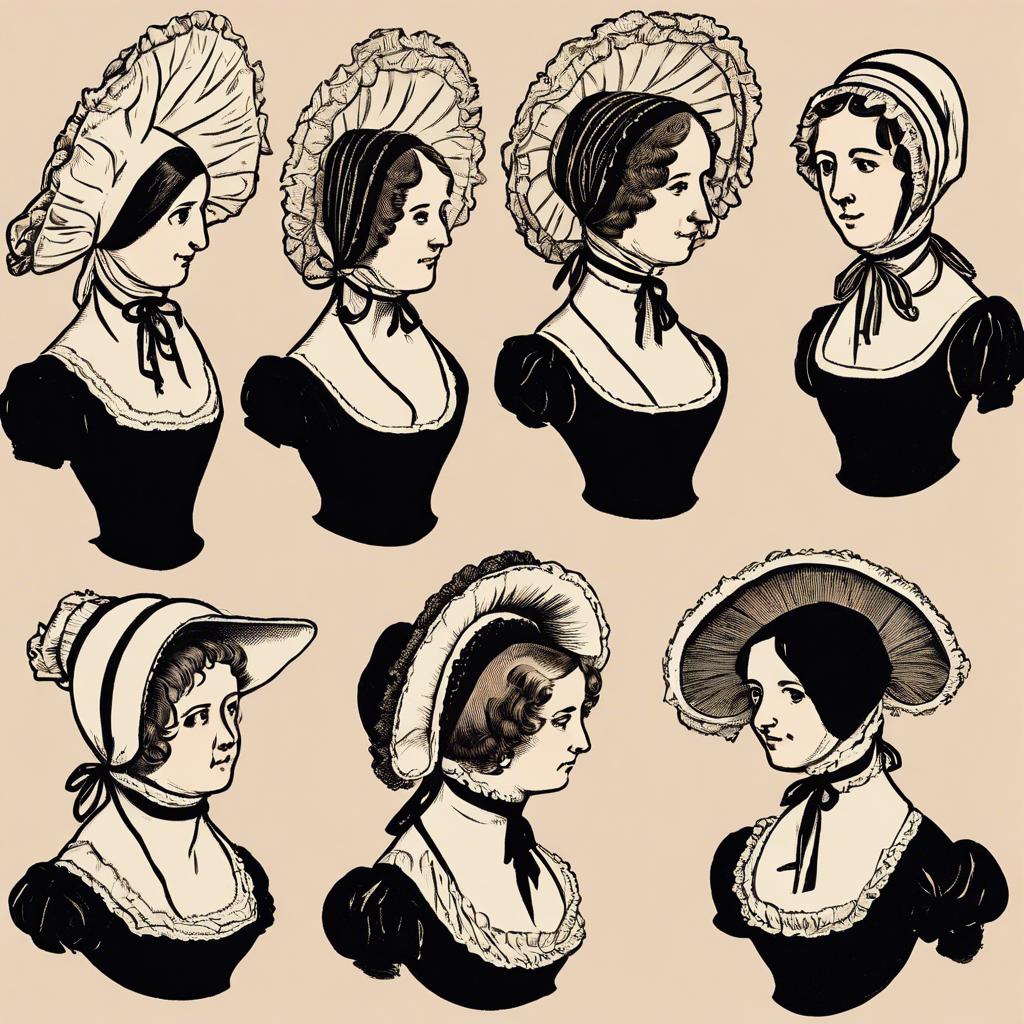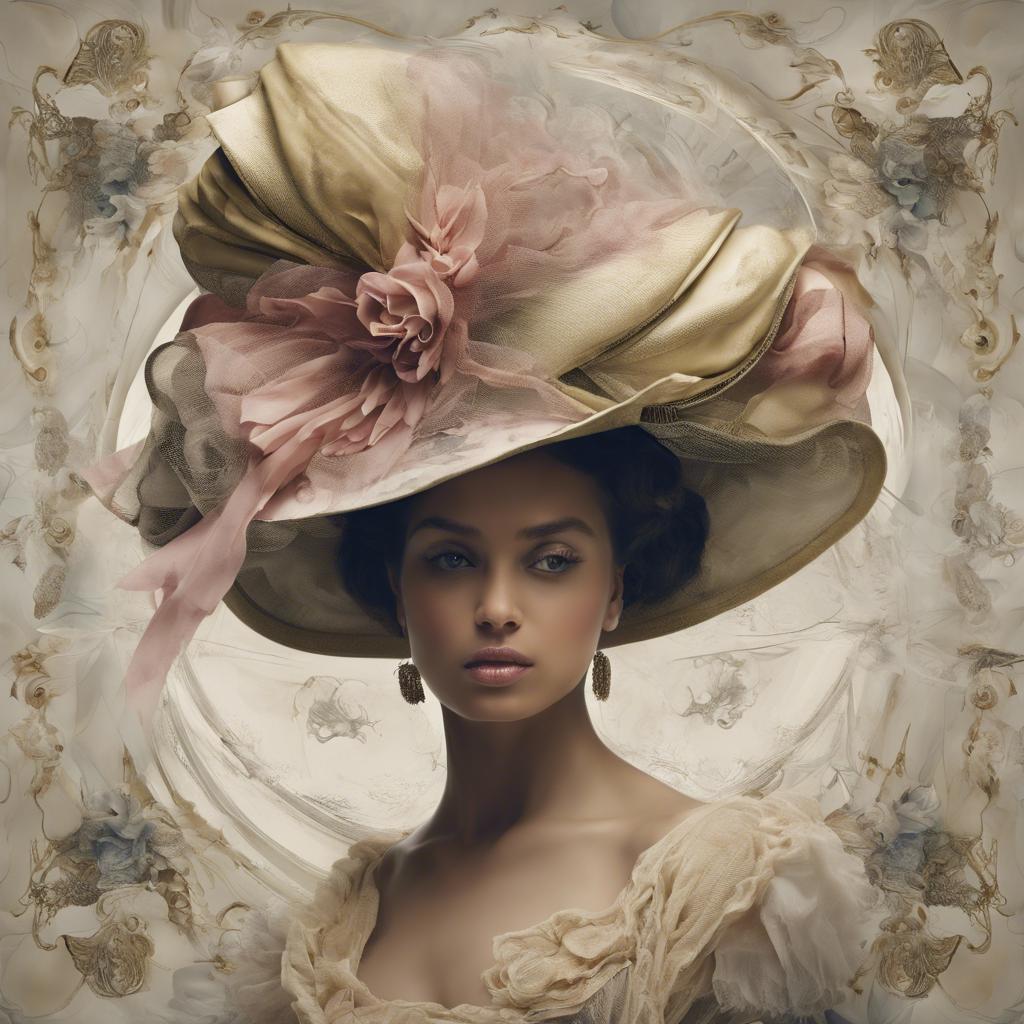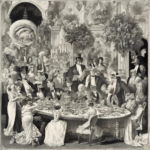During the early 19th century, no fashion accessory epitomized elegance and refinement quite like the regency era bonnet. Worn by women of high society, these intricate headpieces were not simply a decorative element, but a reflection of the strict social codes and style norms of the time. In this article, we delve into the history and significance of regency era bonnets, exploring their evolution, construction, and lasting legacy in the world of fashion.
Step Into the World of Cheryl Bolen
Dive into the enchanting stories of love, intrigue, and elegance set in the Regency Era. Cheryl Bolen's novels offer timeless romance and captivating tales that will leave you wanting more.
Explore Cheryl Bolen's Books Now
Types of Bonnets Worn During the Regency Era
During the Regency era, bonnets were an essential accessory for women’s fashion. There were various types of bonnets worn during this time, each with its own unique style and purpose.
One popular style of bonnet during the Regency era was the poke bonnet. This type of bonnet featured a wide brim that extended outward, framing the face of the wearer. Poke bonnets were often adorned with ribbons, flowers, or feathers, adding a touch of elegance to the overall look.
Another common style of bonnet worn during the Regency era was the cottage bonnet. This bonnet had a smaller brim compared to the poke bonnet and was often made of softer materials, such as muslin or silk. Cottage bonnets were typically worn for more casual occasions, providing a simple yet charming addition to a woman’s outfit.
Lastly, the riding bonnet was a practical and fashionable choice for women who enjoyed outdoor activities such as horseback riding. This bonnet featured a sturdy brim to shield the eyes from the sun, as well as a secure tie under the chin to ensure it stayed in place while riding. The riding bonnet was often made of durable materials like straw or felt, making it a versatile accessory for the active woman of the Regency era.
the variety of bonnets worn during the Regency era reflected the diverse styles and tastes of the time. From the elegant poke bonnet to the practical riding bonnet, each type offered women a way to express themselves through fashion while also providing a functional purpose for different occasions.
Materials and Construction of Regency Bonnets
Regency era bonnets were typically made from a combination of materials such as straw, silk, and lace. These materials were chosen for their lightness and elegance, reflecting the fashion trends of the time. The construction of a Regency bonnet was a delicate process that required skilled milliners to create the intricate shapes and designs that were popular during this period.
One of the key features of Regency bonnets was the wide brim that provided shade and protection from the sun. The brim was often lined with silk or satin for added luxury, and trimmed with lace or ribbons for a decorative touch. The crown of the bonnet was usually rounded or slightly pointed, and could be embellished with flowers, feathers, or beading for a more elaborate look.
When it came to construction, Regency bonnets were typically hand-sewn using fine stitches and delicate techniques. The bonnet would be carefully shaped over a block or mold to achieve the desired silhouette, and then trimmed and decorated to suit the wearer’s style. Regency era bonnets were not only fashionable accessories, but also practical headwear that provided both style and function.
Decorative Elements and Embellishments on Regency Era Bonnets
In the Regency era, bonnets were not just practical accessories but also extravagant fashion statements. Decorative elements and embellishments played a crucial role in elevating the style and sophistication of these headpieces. From delicate lace trimmings to vibrant floral decorations, regency era bonnets were adorned with a variety of ornate details that reflected the elegance of the time.
One key decorative element commonly found on Regency era bonnets was intricate embroidery. Elaborate floral patterns, geometric designs, and even personalized initials were meticulously stitched onto the bonnet fabric, adding a touch of artistry and individuality to the accessory. Embroidery was often done by skilled artisans or talented seamstresses, showcasing the craftsmanship and attention to detail that defined fashion in the Regency era.
Another popular embellishment on Regency era bonnets was the use of ribbons and bows. Delicate satin ribbons in pastel hues were expertly woven or tied around the bonnet, creating a soft and romantic look. Bows, both large and small, were strategically placed at the back or side of the bonnet, adding a whimsical touch to the overall design. These ribbon embellishments not only enhanced the aesthetic appeal of the bonnet but also served as symbols of femininity and grace in a society that valued such qualities.
How to Choose the Perfect Regency Era Bonnet
When choosing the perfect Regency Era bonnet, there are several key factors to consider in order to achieve an authentic and elegant look. One of the most important aspects to keep in mind is the style of the bonnet. During the Regency Era, bonnets came in various shapes and sizes, including the poke bonnet, the straw bonnet, and the coal scuttle bonnet. Each style has its own unique charm and flair, so be sure to choose one that complements your overall ensemble.
In addition to style, it is also crucial to consider the material of the bonnet. Bonnets were typically made of straw, silk, or muslin during the Regency Era. Straw bonnets were popular for casual outings, while silk bonnets were reserved for more formal occasions. Muslin bonnets were lightweight and perfect for summer wear. When selecting a bonnet, opt for a high-quality material that will withstand the test of time and provide both comfort and style.
Furthermore, paying attention to the details of the bonnet can make all the difference in achieving a historically accurate look. Look for bonnets with delicate trimmings, such as lace, ribbons, and flowers, that were commonly used during the Regency Era. Additionally, consider the size and shape of the bonnet to ensure it frames your face in a flattering way. By carefully selecting a bonnet that incorporates these elements, you can transport yourself back to the romantic and sophisticated world of the Regency Era with grace and authenticity.
To Conclude
the regency era bonnet represents not only a fashionable accessory but also a symbol of wealth, status, and femininity during the early 19th century. With intricate designs, luxurious fabrics, and delicate embellishments, these bonnets epitomize the elegance and sophistication of the regency era. From simple day bonnets to elaborate evening creations, these headpieces served as a reflection of the social customs and standards of the time. As we look back at the history of regency era bonnets, we are reminded of the beauty and intricacy of the fashion of this period, and the lasting influence it continues to have on our sartorial choices today.


